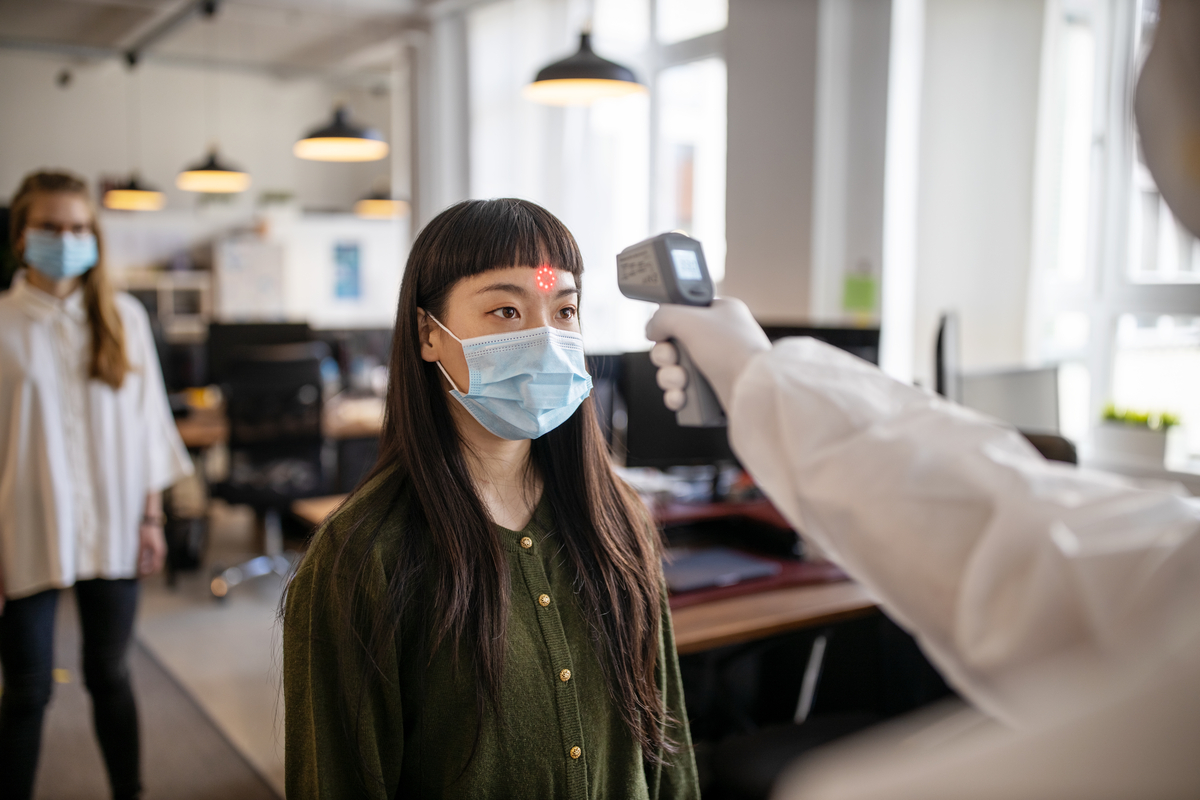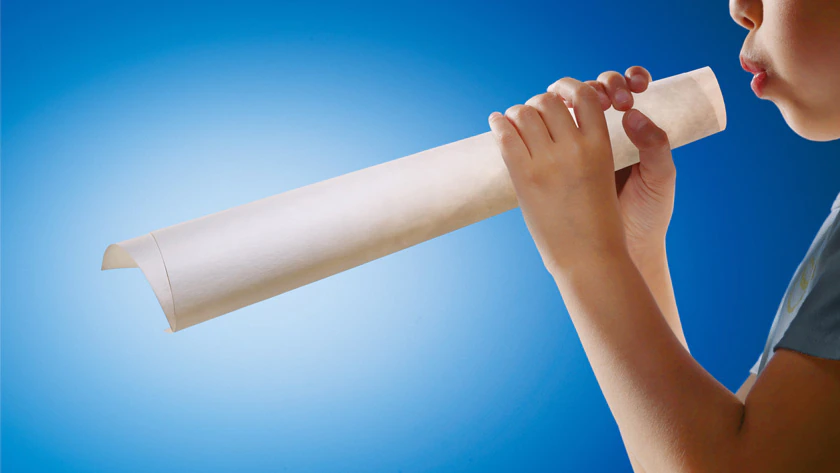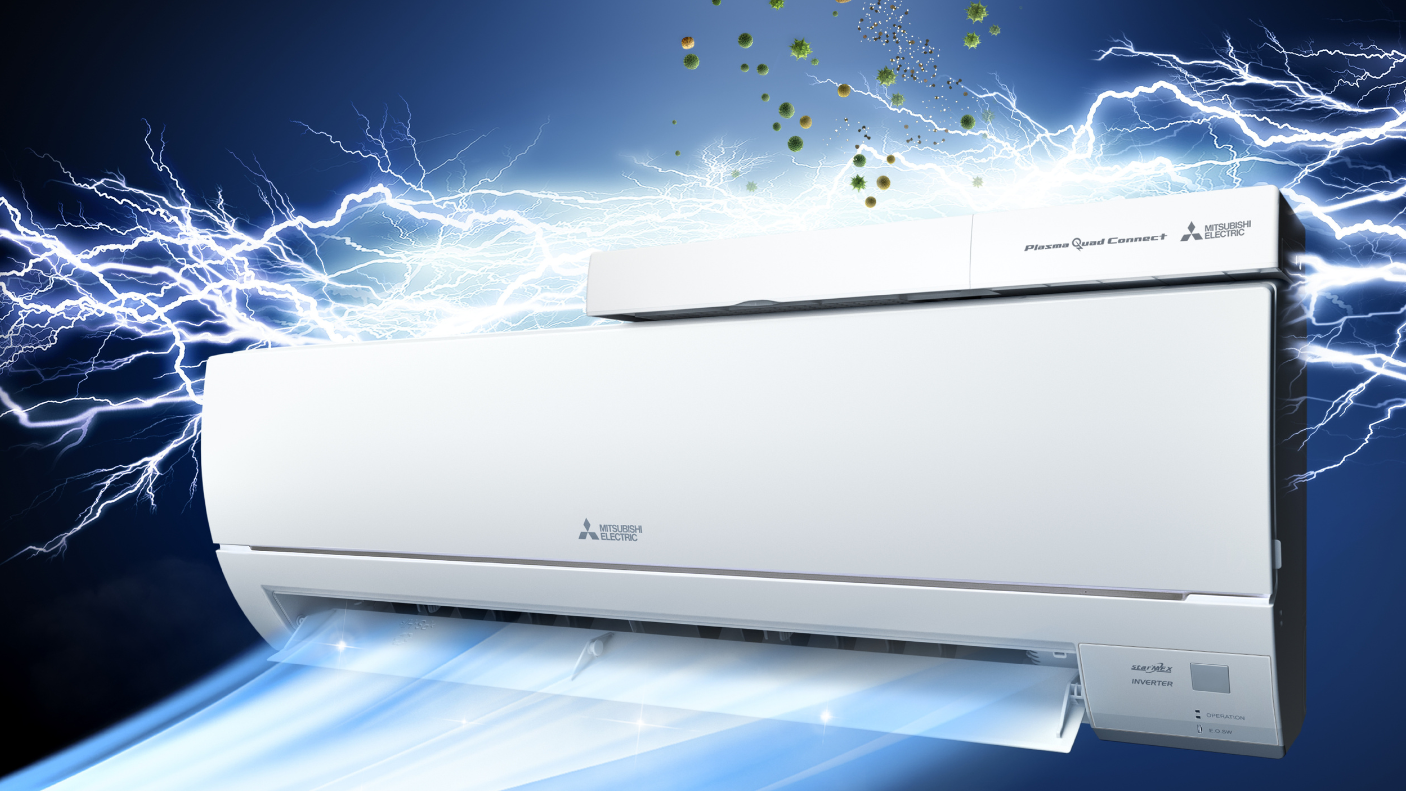Stories
- Home
- Products & Solutions
- Stories
- Every Breath You Take
Every Breath You Take
Clean air matters. In recent times, however, the importance of indoor air quality has garnered much more attention than before. This is not surprising, since we spend almost 90% of our lives indoors, be it at home, at work, or in the malls.
Apart from concerns over the level of pollutants indoors, which can astonishingly be up to 2 to 5 times higher than outdoors, urban populations have also become more aware about indoor air quality in the last two years of living with the COVID-19 pandemic.
 Indoor air quality has drawn much more attention since the start of the COVID-19 pandemic.
Indoor air quality has drawn much more attention since the start of the COVID-19 pandemic.  Poor work performance can be linked to inferior indoor air quality.
Poor work performance can be linked to inferior indoor air quality.
What Causes Poor Indoor Air Quality?
Poor Ventilation
Inadequate ventilation can cause air pollutants or viruses to be trapped and recycled within a space. Indoor air quality is also severely affected when insufficient outdoor air is brought in to dilute emissions from indoor sources, or when indoor pollutants are not carried out of the space. Office buildings are an example of spaces that tend to have limited ventilation and where air quality issues are a major concern.
Lack of ACMV System Maintenance
Air conditioning and mechanical ventilation (ACMV) systems play an important role in ensuring good indoor air quality through optimising ventilation and thermal comfort. If ACMV systems are not well maintained, they can get clogged up with contaminants that are then dispersed back into the indoor air that we breath. Therefore, regular maintenance is essential to ensure all filters and systems are clean and in good working condition.
Improving Indoor Air Quality
To improve indoor air quality, property owners can consider adopting better building designs and opting for building materials, paints, furniture, and cleaning products that are free from harmful chemicals containing Volatile Organic Compounds (VOCs). Alternative approaches like installing air filtration and purification systems or mechanical ventilation and heat recovery systems are also effective ways to achieving better air quality.
Recently, Singapore’s National Environmental Agency published a guide on improving ventilation and indoor air quality in buildings amidst the COVID-19 situation. Minimising indoor air recirculation and maximising outdoor air intake were among the ways highlighted in the report.
 Lossnay MVHR systems utilise a specially treated paper filter at its core for energy-efficient heat exchange.
Lossnay MVHR systems utilise a specially treated paper filter at its core for energy-efficient heat exchange.
Mechanical ventilation with heat recovery (MVHR) systems, like the Lossnay, can extract the stale air from inside a room to remove dampness, odours, dust, bacteria, and gases. This air is then replaced with allergen-reduced fresh air from outside the building. At the same time, the Lossnay MVHR system can recover heat or cooling energy from the extracted room air, thereby requiring less energy to cool a room or building.
ACMV systems that provide filtration and purification features can also enhance the indoor air quality in homes and commercial spaces. For example, Mitsubishi Electric’s air conditioners offer microparticles catching filters that effectively eliminates PM2.5 particles and nano platinum filters that utilises nanometre-sized, platinum-ceramic particles on a large capture area to kill bacteria and deodorise the circulating air.
 Plasma Quad Connect uses a high voltage discharge electrode to creata plasma charges that neutralise virus, bacteria, allergens and mould.
Plasma Quad Connect uses a high voltage discharge electrode to creata plasma charges that neutralise virus, bacteria, allergens and mould.
In addition, Mitsubishi Electric also offers the proprietary Plasma Quad Connect system — a plasma-based filter system that can be conveniently attached to indoor air conditioning units — for air purification. The Plasma Quad Technology works like an electrical curtain to catch and neutralise microscopic particles in the air. The system produces plasma that inhibits bacteria and viruses, breaks down allergens and mould, and electrically charges dust and microparticles. A strong electrical field is then created to absorb the positively charged dust and microparticles, effectively ridding the indoor air of possible pollutants.
Breathe Better, Live Better
As a world leader in air conditioning systems for residential, commercial, and industrial use, Mitsubishi Electric strives to create ACMV systems that provide exemplary and sustainable performance, while addressing the need for better indoor air quality. If you’re looking to improve the ventilation in your office, or trying to decide on the most effective way to achieve clean and fresh air in your home, our wide range of air conditioning and ventilation systems can certainly address your needs.

